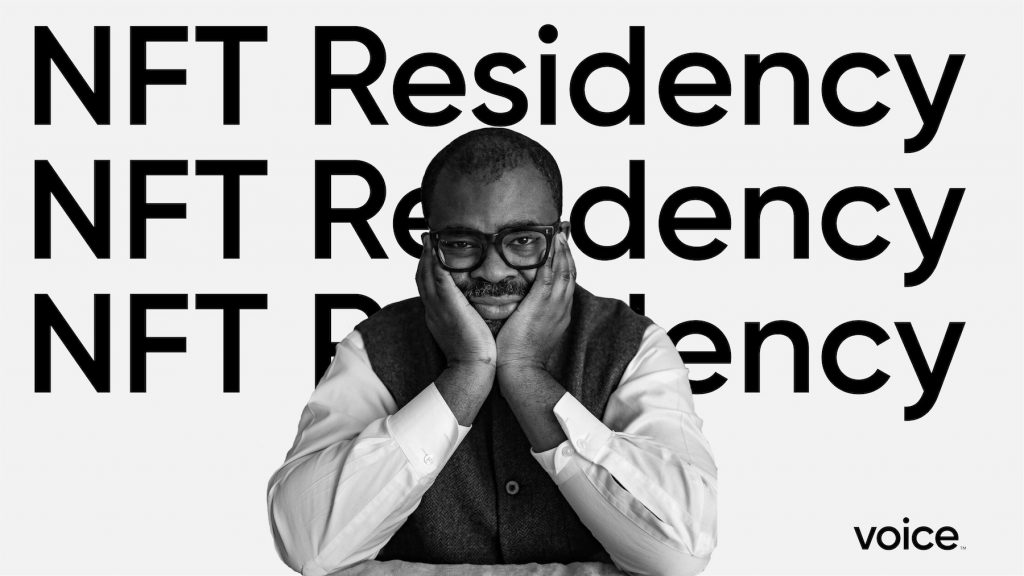Buyer's Guide
A New Virtual NFT Residency Wants to Open Technological Doors for a New Generation of Artists and Creatives
Kimberly Drew, Alexander Gilkes, and Misan Harriman were part of the NFT platform Voice's first residency.

Kimberly Drew, Alexander Gilkes, and Misan Harriman were part of the NFT platform Voice's first residency.

Artnet Gallery Network

For many in the art world, NFTs remain baffling: What are they? How are they made? What is their value? The online NFT platform Voice says the medium doesn’t need to be so opaque or intimidating to collectors or artists.
Voice wants to make being a digital creator easy. “We believe NFTs can change how we all share, collect, and exchange ideas, and that technology this powerful should belong to everyone,” reads Voice’s manifesto. “Creators can mint for free, sell NFTs to a non-crypto audience, build a collection on one of the most environmentally sustainable blockchains, and discover fellow collectors, curators, and creators,” explained Emily Drewry, Voice’s marketing director,
As part of its mission, this past summer Voice hosted its first virtual (and collaborative) NFT residency to demonstrate how this new technology can actually foster creative community. It brought on board six notable art world figures as curators: Myriam Ben Salah, Kimberly Drew, Alexander Gilkes, Azu Nwagbogu, Misan Harriman, and Chad Knight.
“Each curator we’re working with is moving their respective industry forward. We looked for partners who are innovative, collaborative, and align with our mission: to bring the power of NFTs to everyone,” Drewry said. Each of the curators selected three lead artists, and then each of those 18 artists brought on at least one collaborator (most brought on several). These collaborative groups in turn designed an NFT geared to the theme “Raise Our Voice.”
The residency’s theme was inspired by the platform’s belief that emerging artists and creatives have often been held back by existing institutions, and that from a position of unity artists can be better heard. “The days of platforms and institutions exploiting creators are coming to an end,” said Drewry.
The Nigerian-born British photographer Misan Harriman, who is known for his powerful images of Black Lives Matter protests, and for being the first Black photographer to shoot a cover for British Vogue, said that the “moral compass” of the company is what most appealed to him most.
“I am very interested in what Salah [Zalatimo, Voice’s C.E.O.] and his team are building,” he said in a statement. “And the fact that it’s a purpose-led NFT platform is quite unique in this marketplace.”
The residency proved a technological and creative crash course for the artists. Backed by financial and marketing support, the residents were also immersed in informative sessions about cybersecurity and legal issues in the NFT world. For those wondering just what emerged as the final products of the residency, the NFTs will drop on Voice throughout the fall. And for those interested in applying—sit tight. Voice is not currently accepting new applications but plans to return.
Ultimately, Drewry sees the residency as a model for how artists can collectively engage with NFTs. “We believe that by empowering creators to experiment and collaborate, the entire creative class will be uplifted. It was really important for us to allow the network to build organically, and allow creators to engage people they’ve always wanted to work with for this opportunity,” she said. “Our goal is to introduce a group of incredible creators to the world of NFTs, empower them to explore new methods of creation, and bring that opportunity to their communities.”